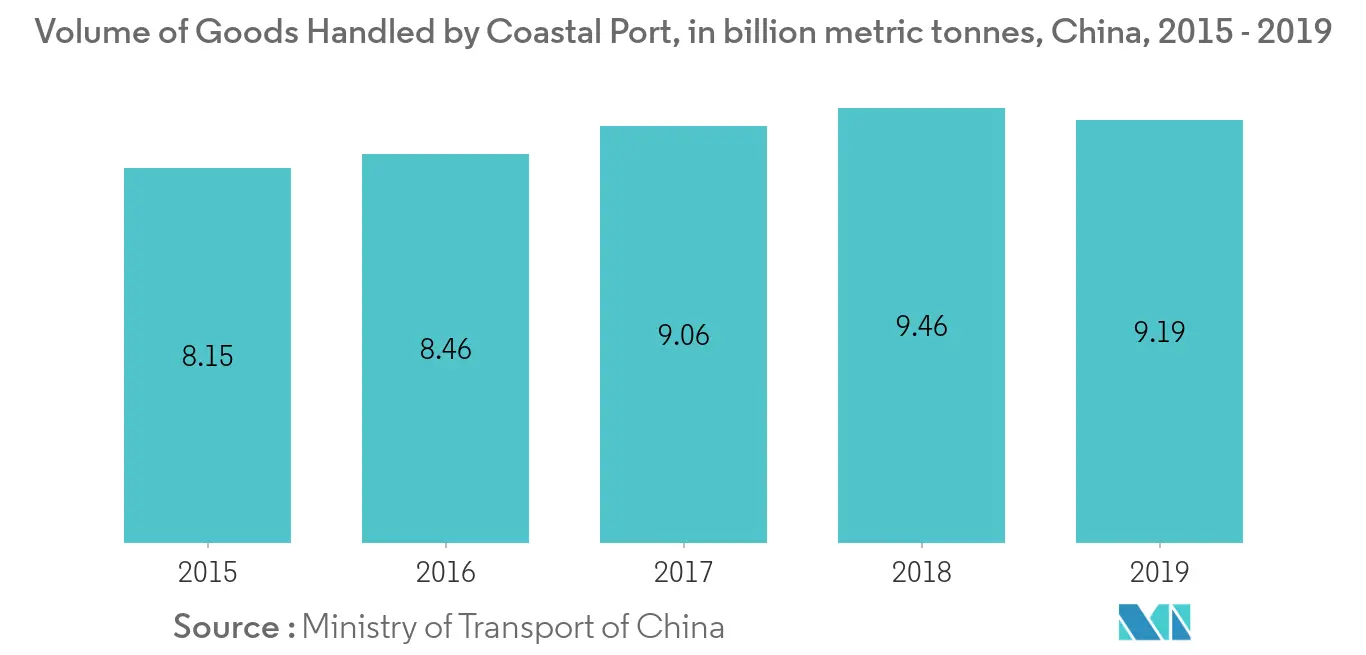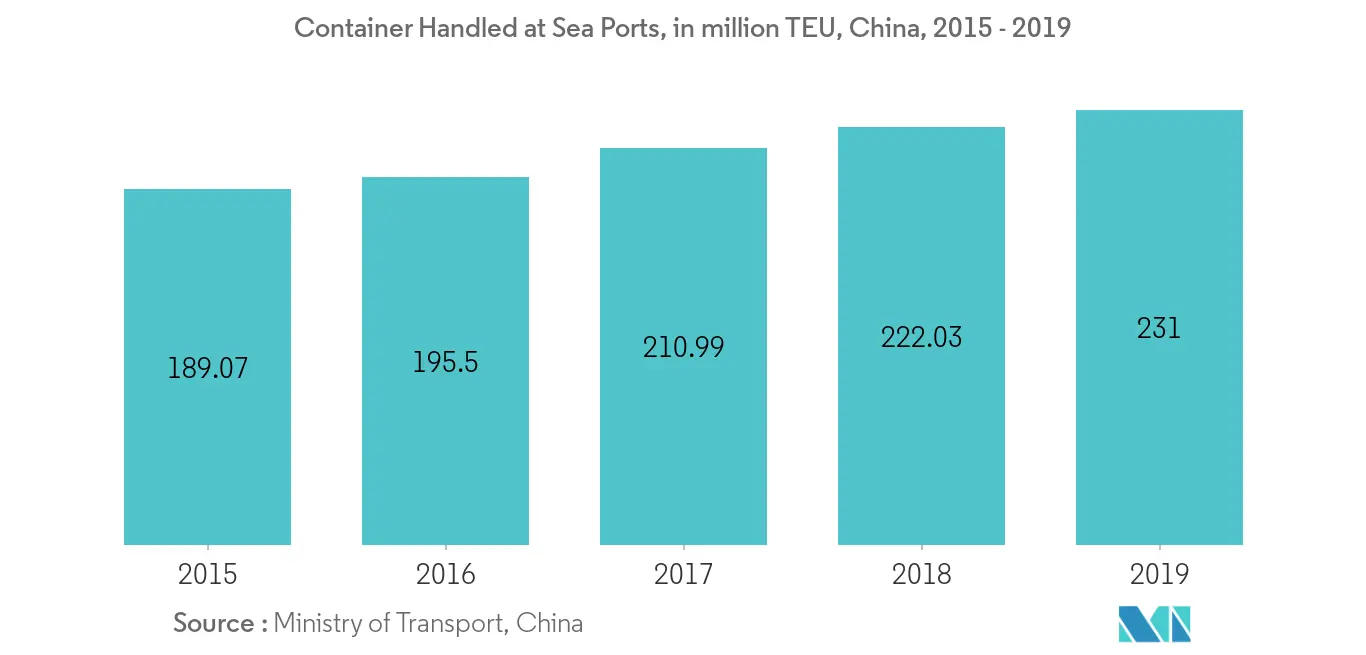Market Trends of China Bunker Fuel Industry
This section covers the major market trends shaping the China Bunker Fuel Market according to our research experts:
Trade Tensions between the United States and China is Likely to Restrain the Market Growth
- Trade tension began between the United States and China due to high tariffs imposed and other trade barriers on Chinese goods by the United States government in 2018.
- During 2018, the United States imposed a tariff of more than USD 360 billion on Chinese goods, and on retaliation, China imposed tariffs of more than USD 110 billion on United States' products.
- The last tariff imposed by the United States was in September 2018 on food items and various other musical instruments. The trade war continued till June 2019, when the Chinese government imposed a tariff of USD 60 billion on the United States' goods.
- The high tariff on both sides affected the trade and marine transportation between the countries and significantly affected the trade volume. In 2019, the trade volume of goods handled by the Chinese coastal ports decreased by nearly 0.3 billion metric tonnes compared to 9.46 billion metric tonnes in 2018.
- With COVID-19 outbreak, the trade war took a new dimension. The United States government considered China a primary reason for the pandemic and accused the country of suppressing vital information regarding the first virus outbreak in China.
- Though the conflict was not related to trading, the United States banned Chinese company, Huawei, from using United States' software and hardware in strategic semiconductor processes in May 2020. The United States also pressurized the European government to refrain from collaborating with Huawei. Thus, such a situation is expected to repeat the 2018 trade relation of the United States and China, which is likely to negatively affect the sea trade market and the marine fuel market during the forecast period.

Container Vessels to Witness Significant Growth
- Container fleets are cargo ships with truck-size intermodal containers used to carry all the load. These are widely used for commercial intermodal freight transport. These are typically large, fast, and complex ships operated on a liner service.
- The capacity of the container fleet is measured in Twenty-foot Equivalent Units (TEU). These container fleets hold a capacity of 20-foot to 40-foot (2-TEU). Modern container ships today hold the ability to carry over 19,000 TEU.
- About 85% - 90% of the non-bulk cargo is transported through container fleets. The containerized form of freight is the preferred medium of transportation for various industrial products.
- Container vessels are mostly operated on China and the United States sea route, which is mostly used to transport goods like meat, toys, electrical machinery, electronic goods, etc.
- Ports that handle the highest number of container vessels in China are Shanghai, Shenzhen, Ningbo-Zhoushan, Guangzhou Harbor, Hong Kong, Qingdao, Tianjin, Kaohsiung, and few others. During 2019, the ports handled 231 million TEUs.
- With increasing trade relation with countries like Greece and Israel, and on order five new 23,000 TEU containers vessels by Orient Overseas Container Line (OOCL), it is expected to have significant growth in containers vessels traffic in Chinese ports, which is likely to a positive impact on the market growth.


